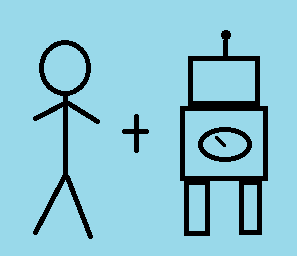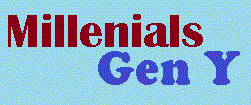The quality of your onboarding experience affects retention and results. We heard this message from several participants at last week’s Bank Trainers Conference (for which Learning Dynamics was a Platinum Sponsor) in New Orleans. Credit unions and banks sent their top training leaders for three days of idea and best practice sharing from learning and development experts, including our own VP Wilbur Pike.
Now, possibly more than any time in the last six years, is a great time to review your onboarding program. Why? With recent improvements in the job market, even entry-level employees have more career options to consider. If they don’t get what they need to feel included, if they feel their jobs are unimportant, they will not stay. Opportunities for more fulfilling work are more plentiful with each passing day.
Here are some things to look at as you examine your initial learning and development program:
Is your onboarding experience interesting and fun? As in many other settings, you will only get one chance to make a great first impression with your newest employees. If they don’t engage quickly, they will get fade. Onboarding becomes boring, and that’s never good.
Do your latest hires understand why their work is important? This is a basic concept in the langauge of employee engagement. Everyone needs to understand how they fit into the organization. They want to know the big picture. Job shadowing and messages directly from top executives (yes, the CEO can visit an onboarding class) can help make this point.
Do your new people have the opportunity to enjoy early success? Success breeds success, so build early opportunities to shine into your onboarding experience. Provide plenty of feedback to create momentum and energy.
A professionally developed learning and development program might seem like a large investment. Compared to costs and time to recruit, hire and train replacements, though, it is a wise one. If your company isn’t ready for more demand-side competition in the labor market, others will win. Let Learning Dynamics know if we can help.



